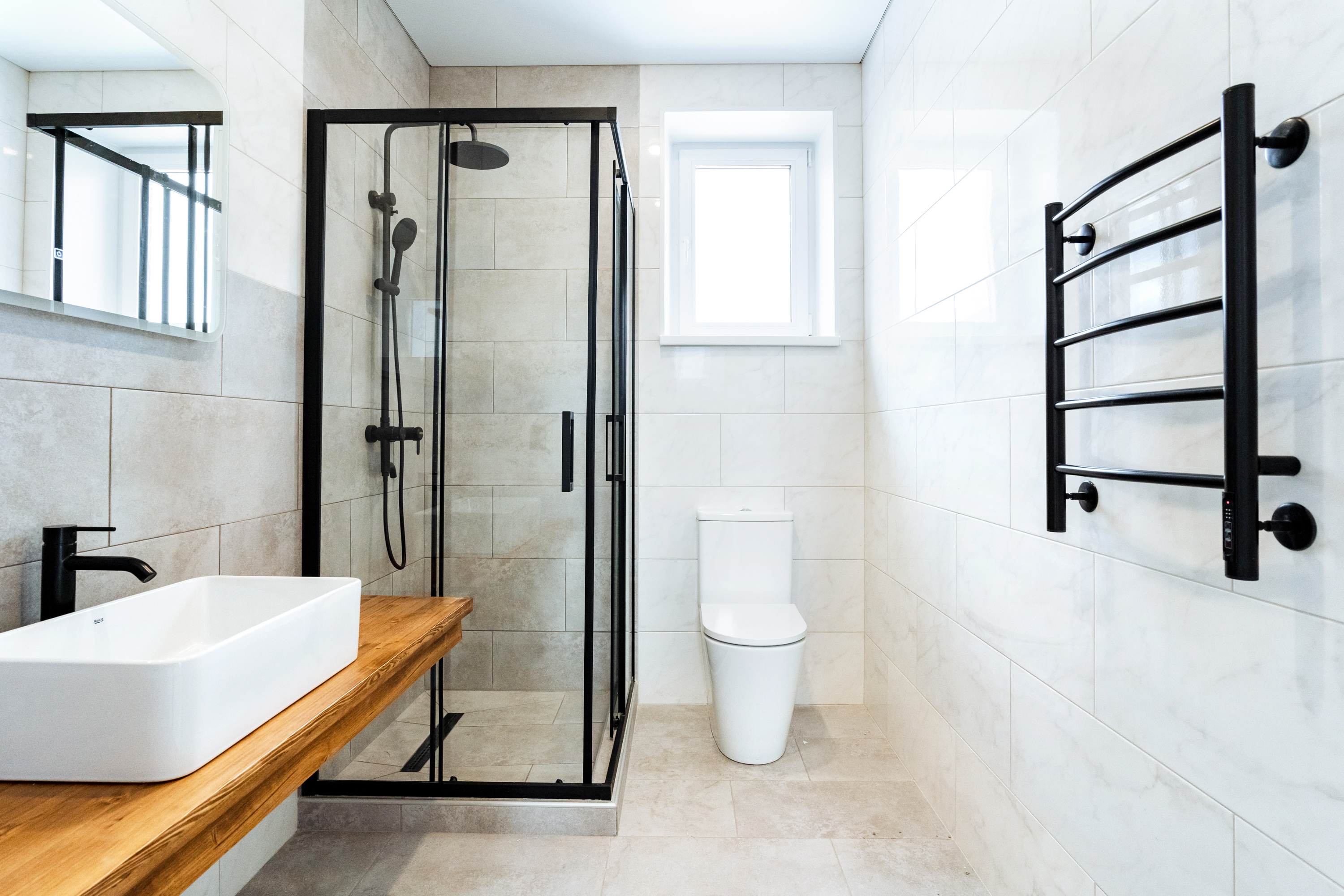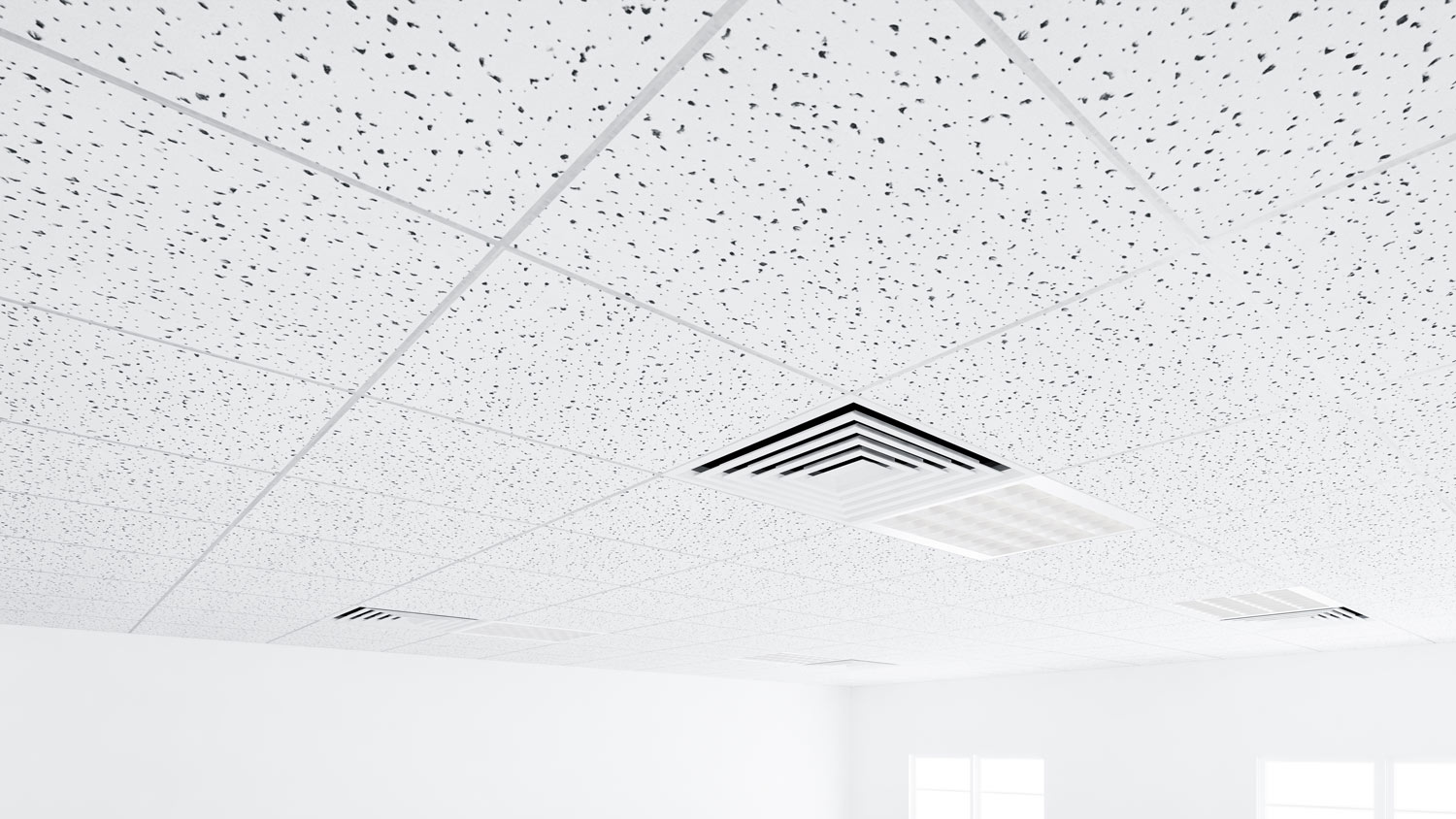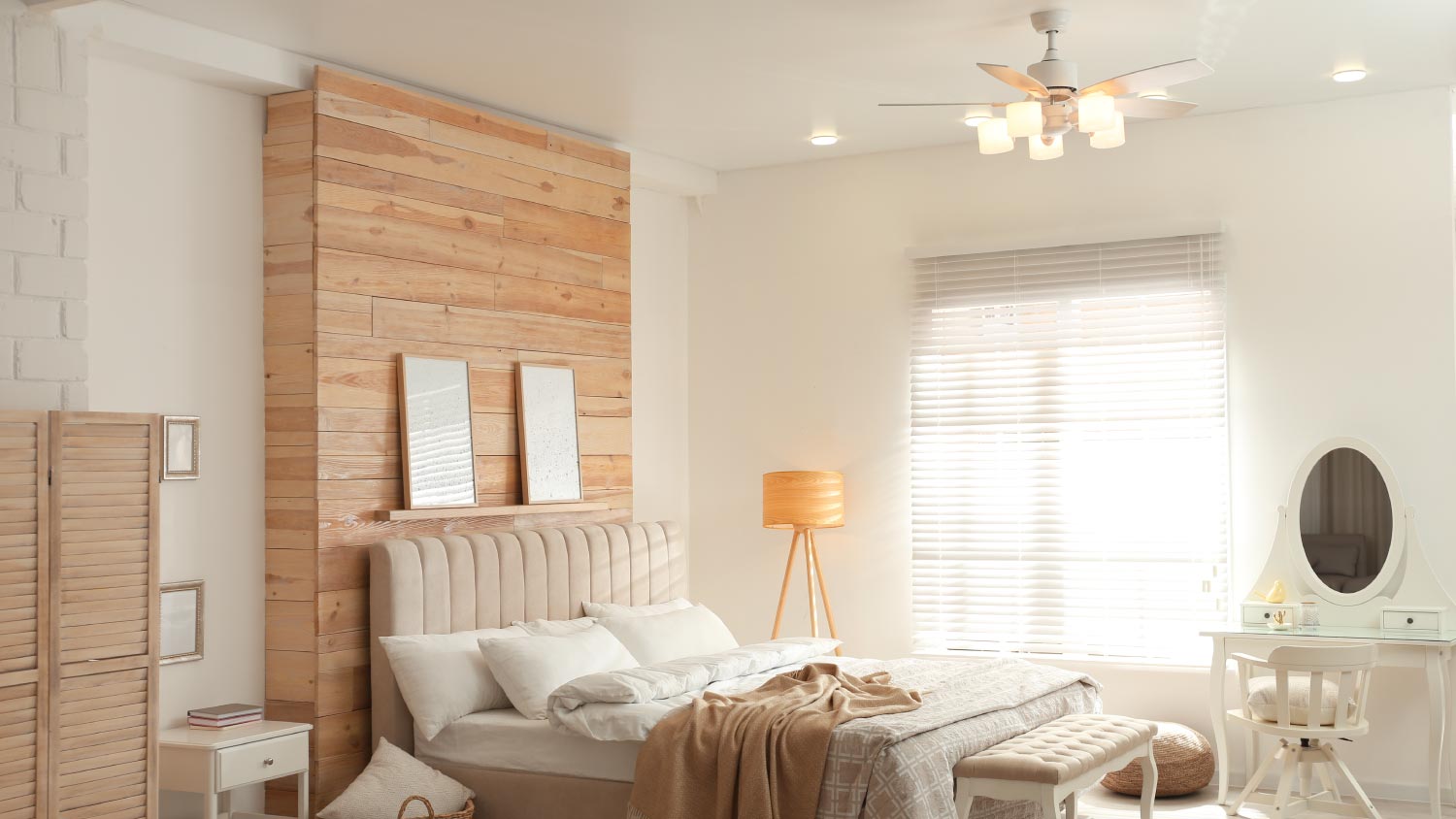
Need a little extra room for clothes storage in your home? Learn about the average cost to build a closet, some cost factors to consider, and more.
Ideas for all wine enthusiasts to raise a glass to


Calling all wine enthusiasts: You can mimic the same feeling you get sipping your favorite red or white at a wine bar from the comfort of your own home. Unused space in your basement can be the perfect place to store your wine. Whether you’re just getting into the hobby or you’re an experienced wine enthusiast, there’s a way to create a home wine cellar to fit every need. Check out some different home wine cellar ideas to show off your collection.

Here are some different wine cellar construction and structural ideas needed to create your dream wine cellar.
There are different options to choose from when creating your wine cellar. Pre-built kits typically include cooling systems, cabinetry, and built-in wine racks. Depending on your budget, the cost of a wine cellar can vary depending on the features you include and how much work needs to be done beforehand. Keep in mind that a pre-made wine cellar kit will typically have a lower price tag, but a customized wine cellar can better fit your personalized needs.
Display your entire wine room behind a glass enclosure for a luxurious and elegant look. Wall-to-wall glass panels make your wine collection the focal point of the basement and can make you feel like you’re stepping into a museum within your home every time you want to pour yourself a full-bodied glass of red.
A vapor barrier is an enclosure in a room that is used to control humidity. In a climate-controlled space, a vapor barrier is recommended to keep the temperature in the wine room cooler than the temperature in the surrounding space.

There are different options to choose from when selecting flooring for your wine cellar. While you want it to look nice, it’s also important that it functions for your space. Carpeting and certain types of wood, such as cedar and pine, are too soft and porous, and won’t hold up to the conditions needed for proper wine storage. Some types of flooring to consider for your wine cellar are cherry wood, redwood, maple, tile, stone, or concrete flooring for a durable and aesthetically pleasing upgrade.
Make a great first impression upon entering your wine room by choosing an eye-catching door. A thick door with a tight seal can help keep the elements of your cellar out, protecting your collection. Let the door match the interior design style of the room. For example, a wooden craftsman-style door can give the space an old-world feel, but a glass and iron-framed unit can provide a more modern look.
Maintaining an optimal balance between temperature and humidity is important for proper storage while facilitating the aging process. Ductless and ducted are the two main types of cooling systems, and each has its own pros and cons to weigh. As the name suggests, ductless cooling systems don’t require any ductwork to operate and work well in smaller wine cellars. Ductless cooling systems are becoming an increasingly popular option because they are both cost-effective and don’t require an extensive installation process.
Ducted cooling systems, however, connect the cooling system to the wine room using ductwork. This is the preferred choice for larger spaces, or for those looking to reduce noise within the room.

Here are some different furniture and lighting options to add to the wine room to add form and function to the space.
Add a seating area to your wine cellar for entertaining, tastings, or just relaxing. A simple conversation set with a few chairs and a table is all that you need to make your wine room the go-to spot for lounging and sipping.
Add backlighting to set the tone for your wine cellar by using LED strip lights to line the racks, floor, or ceiling. This type of lighting will accentuate the silhouettes of the bottle, allowing the natural features within the space to make a visual statement. What’s more, this type of lighting is preferable, as it won’t warm up the bottles, which could potentially compromise the integrity of the wine.

Another type of lighting that can showcase and highlight your collection is opting for wall sconces. Install sconces around any feature walls, frames, doorways, or shelves to create a focal point. Wall sconces emit a soft glow, but typically don’t cast enough light onto the bottles to warm the wine.
Another essential piece to include in your cellar is a freestanding wine cooler. Compared to a mini fridge, a wine cooler is at a higher temperature to ensure the bottles of wine aren’t overly chilled. Remember, it's helpful to also include a mini fridge in the space if you plan on storing cheeses or fruits close by. You can opt for a smaller unit to tuck under the cabinetry. Or go for a floor-to-ceiling wall cooler to house a wide variety of whites, rosés, or sparkling wines.
If you’re creating a smaller, less permanent wine cellar, opt for a few standalone wine racks in place of built-ins. You can find various options and materials, ranging from intricately designed wire racks or wooden wine racks with geometric rows and columns. Once you narrow in on a piece that fits your aesthetic, line the wall with a few units for a uniform look.
While barrels have traditionally been used to store homemade wine, you can also use them as furniture in your space. Look for barrel tables, chairs, or end tables to tie together the overall aesthetic of the room.
Here are some creative ways to store your wine collection and accessories for a neat and tidy space.
Easily identify and access your wines—without having to pull them out to read the labels. Place the bottles side-by-side to maximize storage space and provide a uniform appearance. While there are different types of pull-out drawers available, consider an option with open-bottom construction if you’re keeping the wines overhead, so you can read the labels while standing under the unit.
If you have the floor space for additional furniture, look for multipurpose pieces that also serve as storage solutions. For example, a table with built-in wine racks provides additional storage space, and a place to sit at while you sip on your favorite pinot or cabernet.
Use up extra vertical space you may have by mounting a wall unit to store your wines. An iron or metal frame can create a minimalist look. Alternatively, a reclaimed wooden unit provides a more rustic feel.
In addition to wine racks, adding cabinetry is helpful when storing other accessories and odds and ends. Opt for cabinetry materials that match the wine racks for a cohesive look within the space.
Don’t forget about your stemware when creating your wine cellar design. Incorporate hanging wine glass storage under cabinets as a smart way to maximize space-saving solutions within the room.

It’s all in the details—discover some accessories to tie the wine cellar together.
Decorate your cellar with thematic artwork that will make you feel like you’re at a wine tasting at your local wine bar. Think black-and-white photography (bonus points if they’re pictures you’ve taken at your favorite winery), a map of various wine regions, or cork artwork to set the scene.
Make every sip of wine taste perfect, each time you open and close up the bottle. A decanter can enhance the aromas of the wine, while softening the tannins to help younger reds taste as if they’ve been aged. A preservation system is essential for wines that you want to savor by removing the air from the bottle, so the wine stays at peak taste each time you want to pour yourself a glass.
Give your space a custom wine cellar feel by equipping the room with a wine reference book. Having this resource is essential for anyone interested in wine—sommeliers and newcomers alike.
Make your wine cellar feel like a working bar by equipping the space with various bar accessories. Here are a few different options to consider:
Coasters
Monogrammed bar towels
Wine charms
Ice bucket
Cleaning supplies
Wine chiller
Chilling wands
Serving tray
From average costs to expert advice, get all the answers you need to get your job done.

Need a little extra room for clothes storage in your home? Learn about the average cost to build a closet, some cost factors to consider, and more.

Find out how much it costs to install crown molding by type and size. Use our expert guide to figure out how much crown molding you need, how much crown molding costs near you, and whether you need to hire a pro.

Discover the cost to design a bathroom, including key price factors, to help you plan your remodel with confidence and avoid budget surprises.

Wondering who to hire to install acoustic ceiling tiles? Learn which pro to call, how installation works, and what to expect. Get confident before you book.

Discover the average cost of stretch ceiling installation, key price factors, and ways to save. Get transparent pricing to plan your stretch ceiling project.

There are a lot of crown molding materials to choose from, and you’ll need to know the benefits of each to know how to pick the best one for your needs.